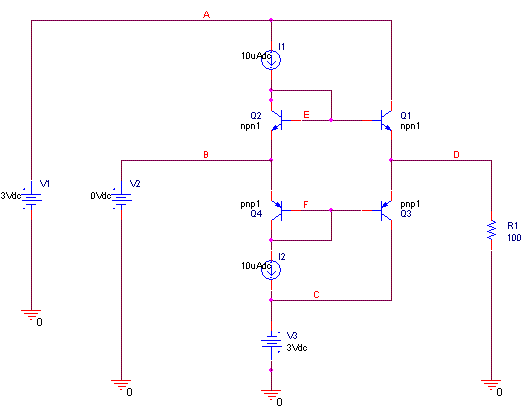fanrong
Banned
Hi everyone :
I make a simulation on the circuit in the figure . I found when the
load resistor value is low , the output voltage will stop changing at
a low value in spite of the change of input voltage .
For example , when do a dc sweep for V2 from 0 - 3V , if Rl is 200 , the output voltage will stop increase at 0.5V . But if Rl is 2k , the output voltage can
be 2V .
Anyone can explain it ?

I make a simulation on the circuit in the figure . I found when the
load resistor value is low , the output voltage will stop changing at
a low value in spite of the change of input voltage .
For example , when do a dc sweep for V2 from 0 - 3V , if Rl is 200 , the output voltage will stop increase at 0.5V . But if Rl is 2k , the output voltage can
be 2V .
Anyone can explain it ?